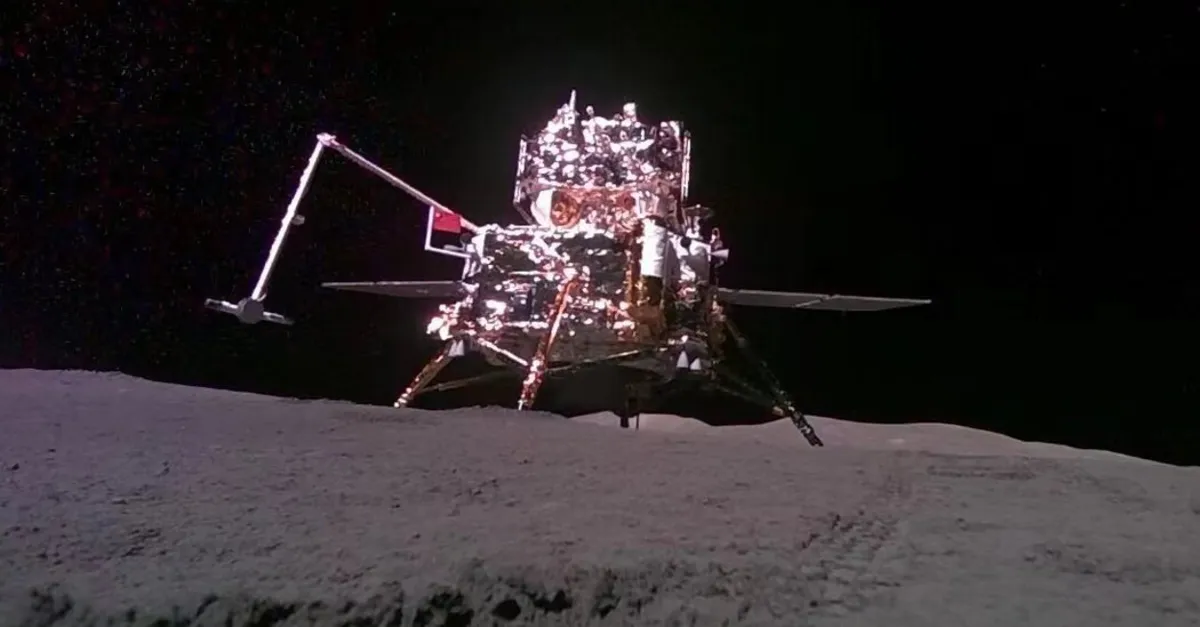
The far side of the moon—the section that perpetually faces away from Earth—has long intrigued scientists due to its distinct characteristics when compared to the near side. This enigmatic hemisphere is marked by a higher density of craters, a thicker crust, and fewer maria (the smooth plains formed by ancient lava flows). Recent research conducted by Chinese scientists suggests that the differences between these two sides of the moon may extend beyond surface appearances.
In a groundbreaking study published in the journal Nature, researchers from the Chinese Academy of Sciences have revealed that the lunar far side may possess a significantly drier interior compared to its near counterpart. Utilizing lunar samples collected during the Chang’e-6 mission, which successfully returned material from the far side last year, the scientists are shedding light on the moon's geological history and evolution over billions of years.
According to Sen Hu, a researcher involved in the study, the differences in water content between the lunar far side and near side appear to correlate intriguingly with the distinct surface features observed in both hemispheres. Hu remarked, “It’s quite intriguing,” highlighting the potential implications of these findings on our understanding of lunar formation.
For decades, the moon was thought to be “bone dry” until the 1990s when evidence began to surface indicating the presence of water. This notion was further validated in 2009 when NASA intentionally crashed a rocket stage into the lunar south pole, uncovering significant ice deposits. Subsequent studies have confirmed the existence of water not only on the surface but also within the moon’s mantle—a layer situated beneath the crust and above the core.
Last June, China achieved a historic milestone by becoming the first nation to return lunar samples from the far side of the moon. The Chang’e-6 mission, which is part of a series of Chinese lunar exploration initiatives, successfully collected over four pounds of regolith from the South Pole-Aitken basin, the largest and deepest crater on the moon. This mission has provided invaluable data that will help researchers better understand the moon's geology and its complex history.
The revelations from this recent research not only enhance our knowledge of the moon's surface and internal composition but also pave the way for future lunar explorations. As scientists continue to analyze the differences between the lunar far side and near side, we can anticipate deeper insights into the moon’s formation and its evolution throughout the ages.